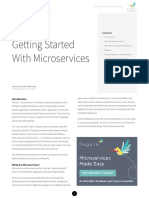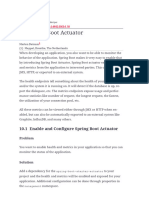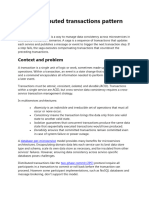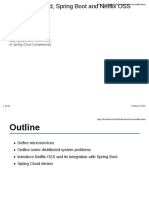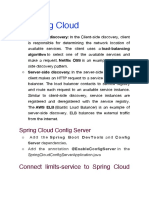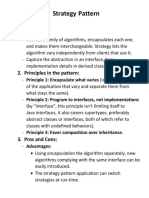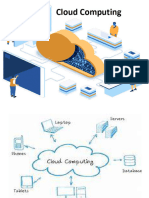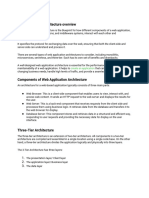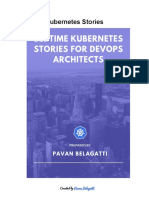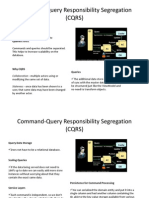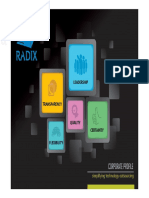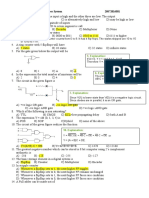100% found this document useful (1 vote)
135 views68 pagesSplit Into Microservices
The document discusses how to split a system into microservices. It defines microservices and explains that there is no consistent definition. The document outlines reasons for using a microservice architecture like scaling, handling legacy systems, and continuous delivery. It emphasizes that the split into microservices should be based on bounded contexts and business capabilities rather than technical factors.
Uploaded by
Kicrut KerenCopyright
© © All Rights Reserved
We take content rights seriously. If you suspect this is your content, claim it here.
Available Formats
Download as PDF, TXT or read online on Scribd
100% found this document useful (1 vote)
135 views68 pagesSplit Into Microservices
The document discusses how to split a system into microservices. It defines microservices and explains that there is no consistent definition. The document outlines reasons for using a microservice architecture like scaling, handling legacy systems, and continuous delivery. It emphasizes that the split into microservices should be based on bounded contexts and business capabilities rather than technical factors.
Uploaded by
Kicrut KerenCopyright
© © All Rights Reserved
We take content rights seriously. If you suspect this is your content, claim it here.
Available Formats
Download as PDF, TXT or read online on Scribd
/ 68
